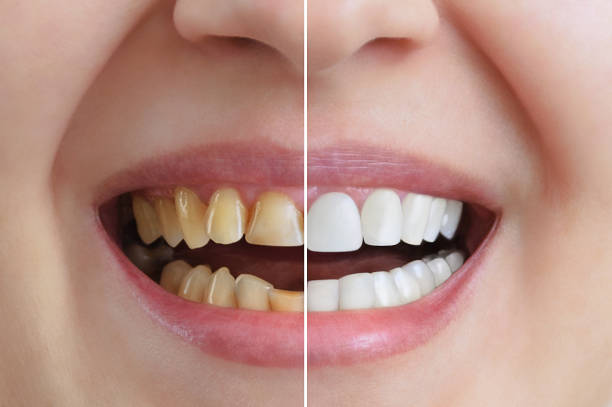
When it comes to making a good impression, having a perfect smile can make all the difference. Cosmetic dentistry is a field of dentistry that focuses on improving the appearance of a person's teeth, gums, and smile. Through various treatments and procedures, cosmetic dentists can help patients achieve the smile they have always dreamed of. But what exactly is the science behind a perfect smile?
One of the key principles behind cosmetic dentistry is the concept of smile design. This involves carefully analyzing the patient's facial features, including the shape of their face, the position of their lips, and the symmetry of their smile. By taking these factors into account, a cosmetic dentist can create a personalized treatment plan that will enhance the overall harmony and aesthetics of the patient's smile.
Another important aspect of cosmetic dentistry is the use of advanced technology and materials to achieve optimal results. For example, porcelain veneers are thin shells that are bonded to the front of the teeth to improve their appearance. These veneers are custom-made to match the color and shape of the patient's natural teeth, creating a seamless and natural-looking smile.
In addition to porcelain veneers, other popular cosmetic dentistry treatments include teeth whitening, dental bonding, and dental implants. Teeth whitening is a quick and effective way to brighten stained or discolored teeth, while dental bonding can be used to repair chipped or cracked teeth. Dental implants are a permanent solution for replacing missing teeth, providing a natural-looking and durable alternative to traditional dentures.
One of the most exciting advancements in cosmetic dentistry is the use of digital technology to design and create custom dental restorations. Computer-aided design and computer-aided manufacturing (CAD/CAM) technology allow dentists to create precise and lifelike restorations, such as crowns, bridges, and veneers, in a fraction of the time it would take using traditional methods.
Furthermore, advances in materials science have led to the development of stronger and more natural-looking materials for dental restorations. For example, zirconia is a type of ceramic material that is incredibly durable and can be customized to match the color and translucency of natural teeth. This allows for the creation of restorations that are not only strong and long-lasting but also virtually indistinguishable from the surrounding teeth.
Aside from the technical aspects of cosmetic dentistry, there is also a psychological component to consider. Studies have shown that having a beautiful smile can boost self-confidence and improve overall quality of life. When patients feel good about their smile, they are more likely to smile more often, which can have a positive impact on their relationships, career, and emotional well-being.
It is important to note that cosmetic dentistry is not just about aesthetics; it also plays a crucial role in maintaining oral health. By improving the appearance of the teeth and gums, cosmetic dentistry can make it easier for patients to keep their mouths clean and free of bacteria, reducing the risk of gum disease, cavities, and other oral health problems.
In conclusion, the science behind a perfect smile is a fascinating blend of art, technology, and psychology. Through the use of advanced techniques and materials, cosmetic dentistry can help patients achieve the smile of their dreams while also promoting good oral health. So, whether you are looking to brighten your smile, fix a chipped tooth, or replace missing teeth, cosmetic dentistry has the tools and expertise to help you achieve a beautiful and healthy smile.